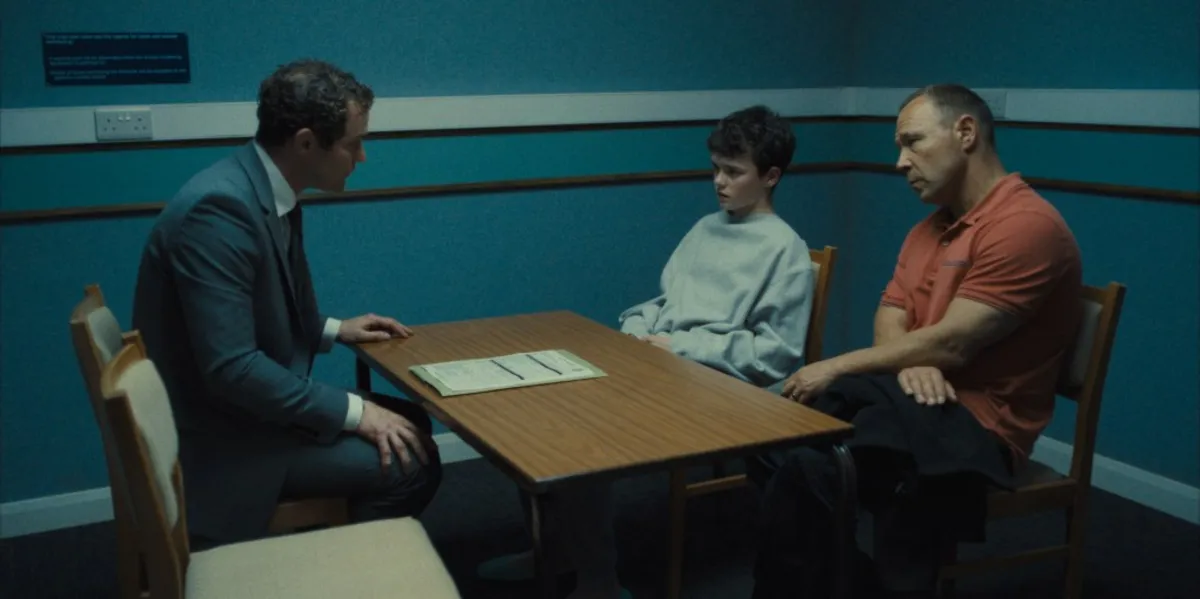
Following its meteoric rise to the top of Netflix's most-watched charts, the acclaimed series Adolescence has sparked significant interest regarding its production techniques. This gripping narrative, centered around a 13-year-old boy accused of brutally murdering a classmate, showcases the artistry of director Philip Barantini, who employs a unique one-shot filming style throughout the four episodes.
Director Philip Barantini has become known for his one-shot approach, where a single camera follows the action continuously for the entire hour-long episodes. In a recent interview with Deadline, Barantini detailed the extensive preparation involved in bringing each episode to life, including the choreography of hundreds of extras and rigorous rehearsals that ensured a seamless production.
Netflix has provided insights into which takes were ultimately selected for the series. The first episode, primarily set in a police station, utilized the second take captured on the first day of a five-day shoot. The second episode, depicting a chaotic school environment grappling with the aftermath of the crime, was filmed in take 13, involving an impressive cast of 370 extras.
The third episode required 11 takes before Barantini was satisfied with the dynamic between the breakout star Owen Cooper, who portrays the accused teen Jamie Miller, and Erin Doherty, known for her role in The Crown, who plays the psychologist. The finale, which explores the emotional struggles of the Miller family, was captured during take 16, also on the final day of filming.
Initially, the plan was to film each episode in full ten times, with sessions scheduled in both the morning and afternoon. However, logistical challenges meant that some episodes exceeded this number of takes. Filming was occasionally paused due to actors flubbing their lines, while in other instances, mistakes were embraced, allowing the performance to carry on.
Netflix shared that the rehearsal process was meticulously structured, starting with segments of Jack Thorne's script and gradually building to full five-minute blocks until the actors were ready to perform entire episodes. This careful preparation allowed the director of photography to meticulously plan camera placements and crew movements. Notably, some crew members were even dressed as extras to maintain the illusion of the scene.
One standout moment occurs in the second episode, where the camera transitions seamlessly from the school to the crime scene in a breathtaking one-shot sequence. This technical feat left many viewers, including Jeremy Clarkson, in awe, prompting him to ask, “How on earth did they do that? It’s impossible.”
Barantini inspired Thorne to envision the camera as if it could fly. This led to the innovative use of a drone, which transported the camera over traffic lights and towards the murder scene, creating an emotionally impactful moment. According to Netflix, the drone flew approximately 0.3 miles before descending to a smooth catch by a camera operator and grips, seamlessly transitioning into a close-up shot of Stephen Graham.
Since its premiere, Adolescence has garnered rave reviews and is on track to become a major success for Netflix. In the UK alone, the first episode has already attracted an impressive viewership of 2.7 million within just two days. As audiences continue to engage with this compelling series, it is clear that Adolescence is set to leave a lasting impact on viewers and critics alike.